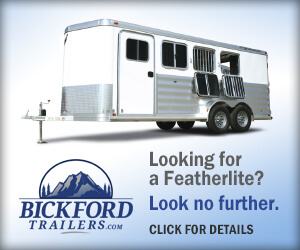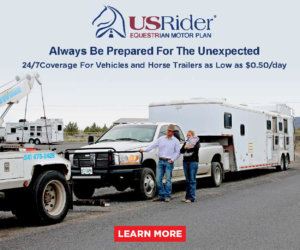Yearly Oral Exam Important for Horse Health
by Lindsay Helvey, DVM
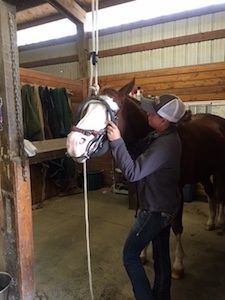
Dentistry is an important part of your horse’s general healthcare. An oral exam is recommended yearly to help monitor normal wear and identify potential problems. Discomfort in the mouth can lead to poor weight, decreased performance and bad behavior, even when not bridled.
Depending on the age of your horse and oral exam findings, a dental procedure may be recommended every six months to yearly. In order to perform a thorough and safe dental procedure the horse is sedated and a speculum is placed in the mouth. With motorized dental equipment, each tooth can be addressed efficiently and accurately.
Routine dental care is important due to the unique structure and function of horse’s teeth. Horses have a combination of brachydont and hypsodont teeth. The simple (brachydont) teeth are the first premolars (wolf teeth) and canines that have a distinct crown and root, but have no function for the domestic horse. The incisors and molars (cheek teeth) are hypsodont, like the molars of ruminants (cows, goats and sheep, etc.). This type of tooth has a large body that continues to erupt into the horse’s mouth as they are worn down by fibrous feed material.
Most of the tooth is below the gum line in younger horses and continues to develop as it enters the mouth. The root of young teeth extends into the maxillary sinuses and mandibles creating “dental bumps” in 2 to 5-year-olds.
All teeth are constructed of enamel, dentin and cementum, but the hypsodont type have multiple layers of these strong materials to provide high tensile strength for a tough grinding surface. Enamel is the hardest material in the body, but is brittle. Therefore, it is supported by the surrounding dentin and cementum layers.
As the tooth is sanded down through chewing, the softer dentin and cementum are lost first, leaving the sharp enamel behind. These sharp enamel points rub on the horse’s cheeks and tongue while eating. A routine float removes these uncomfortable points from the outside of the upper molars and the inside of the lower molars. Calluses and abrasions (ulcers) created by the sharp points heal quickly once the teeth are smoothed.
Beyond requiring routine care, other problems may arise from improper tooth development, eruption, and wear. Improper development and eruption can lead to poor alignment and decrease the longevity of the tooth. Foals have three sets of molars that are large and fill the entire mouth. Starting at 2½ years, the deciduous (baby) teeth are replaced by the adult teeth. All 40 permanent teeth are typically erupted by the time a horse turns five. As the deciduous teeth wear down and start to become loose, they can fracture, become entrapped, and inhibit adult tooth eruption.
Twice yearly oral exams beginning at about two years old are important in order to check for possible “caps” (remainder of deciduous teeth that are still attached). Caps are easily removed to aid in comfort and eruption of adult teeth if they do not fall out on their own. However, if a deciduous tooth is extracted too soon the development of the adult tooth can be stunted. During eruption, further cementum and dentin is added to the outside and center of the tooth (respectively). If this development is disrupted the tooth can become weak as it ages and fracture easily. Knowledgeable extraction of caps is important for this reason.
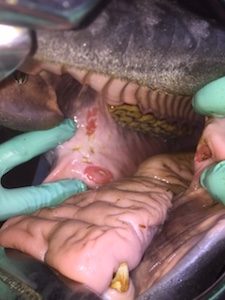
Improper tooth wear can be caused by either abnormal teeth (as discussed previously) disrupting normal chewing, or abnormal chewing with normal teeth. When processing their food, horses move their jaw in a circular motion. For the specialized teeth to be effective they must align and grind together smoothly.
Abnormal chewing can occur from a malformation or injury to the structures of the head (maxilla, mandible, masseter muscles, TMJ etc.), or through avoidance of a painful tooth. In these situations, there is increased pressure on certain teeth causing periodontal disease and loosening.
Periodontal disease is inflammation and separation of the gingiva from the tooth. A space is created from the gingival recession where feed can pack in between the teeth and infection can occur. With infection present and continued increased grinding forces, the affected teeth become loose. A skilled and knowledgeable veterinarian can correct imbalances, address dental health issues, and improve the longevity of your horse’s teeth.
A horse’s mouth is constantly changing throughout its life and plays an important role in the general health and happiness of your horse. With that in mind, please be sure to speak with your veterinarian about your horse’s dental health and incorporate dental care into your routine visits.
Originally Published August 2017
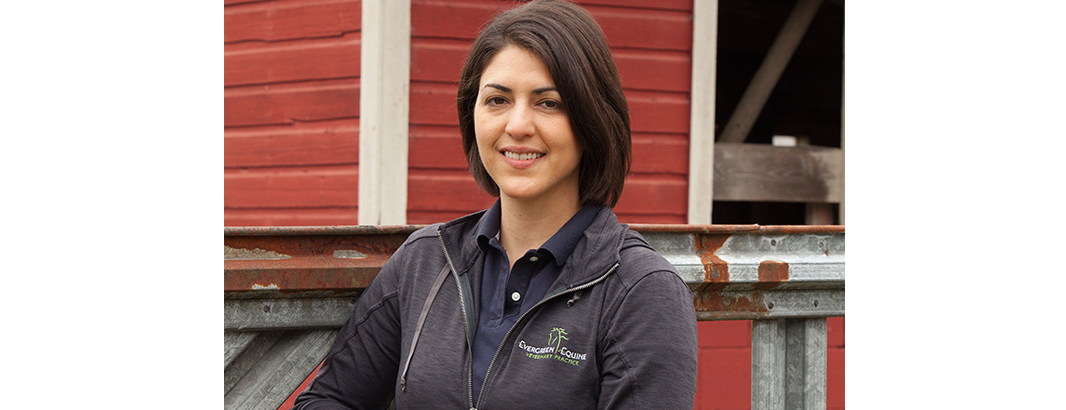
Originally from California, Dr. Helvey is a graduate of Colorado State University College of Veterinary Medicine and Biomedical Sciences. After earning her doctorate, she completed an internship at Glenwood Veterinary Clinic, the largest referral hospital in western Colorado, where she experienced a wide variety of challenging and rewarding cases. For the past five years, Dr. Helvey worked in a busy ambulatory practice before relocating to Snohomish. Although she enjoys all aspects of general practice, Dr. Helvey has special interests in preventative medicine, lameness, and equine dentistry, and she continues to expand her knowledge by receiving additional training in corrective dentistry and specialty extractions.
Contact Dr. Helvey at Evergreen Equine Veterinary Practice in Snohomish, Washington.
www.evergreenequinevet.com (360) 568-1114


